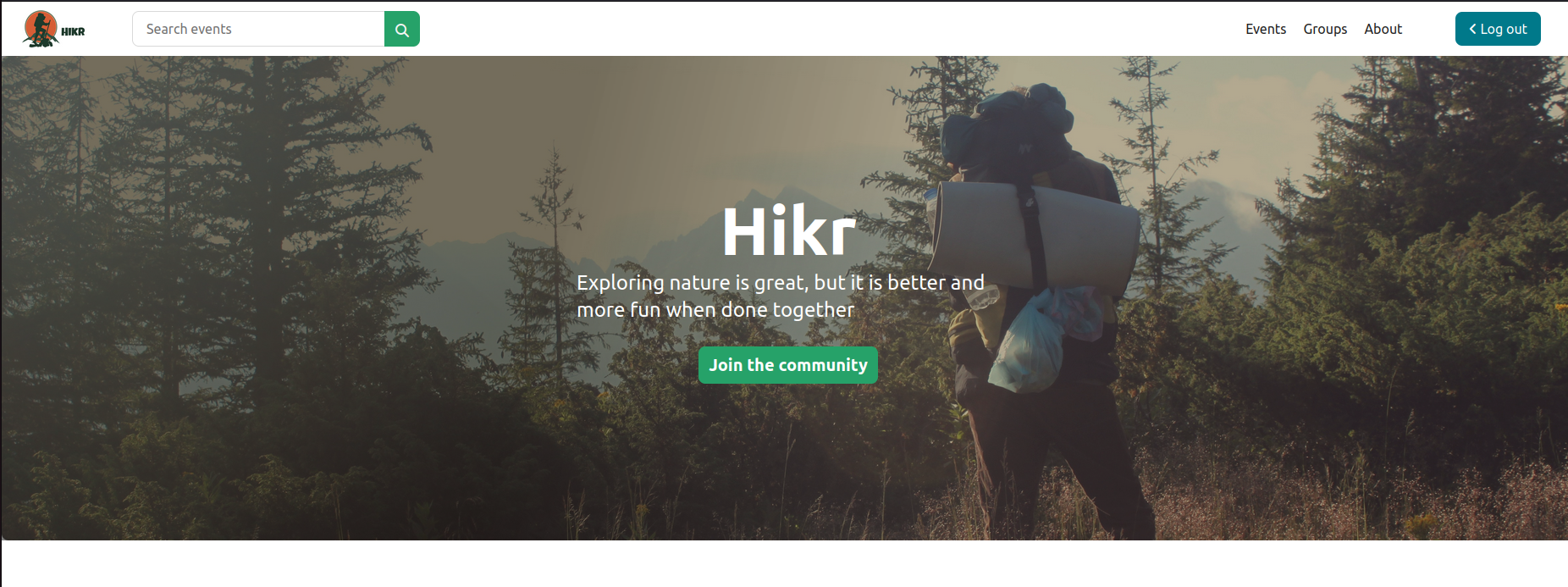Hikr is a web application or platform for connecting people with the shared interest of hiking.
-
What is Hikr? Exploring nature is great, but it is better and fun when done together. Having identified that there is a need to build a community of people with shared interests and safety as a concern, when it comes to outdoor activities like hiking. Developing a hiking application called Hikr came to mind. The Hikr app is here to connect hikers to fellow hikers so that they can link up and explore as one hiking tribe. Moreover, it is safer to venture outdoors together. Hence, Hikr makes it easy to connect, socialize and keep fit while in the safety of a community.
-
What not to expect from the Hikr application?
- A dating app where you find your soulmate.
- A social media app.
-
Target Audience The Hikr app will mainly be for people who are into hiking, fitness as well as nature lovers but don't want to journey alone in the outdoor experience.
-
Location Hikr is relevant to East Africa for now.
Checkout the live site here.
Here is a preview our depoyed version of Hikr.

Below is a preview of Hikr features.

$ git clone https://github.com/evanceodoyo/Hikr.git
$ python3 -m venv venv
$ source venv/bin/activate
$ pip install -r requirements.txtCreate a new PostgreSQL database
$ psql postgres
$ CREATE DATABASE databasename
$ \connect databasenameSet the environment variables and make migrations
$ python manage.py makemigrations
$ python manage.py migrateCreate a superuser
$ python manage.py createsuperuserStart the development server
$ python manage.py runserver-
To populate the database with sample data, ensure you are in folder with
manage.py. If you have images you want to use for the events/groups, ensure they are in the same directory in folders namedevent_imagesandgroup_imagesrespectively. You can find sample events and groups images in this folder. -
Once in the folder, run the script as follows:
$ ./populate_db.pyor
$ python3 populate_db.py- Evance Odoyo's Blog
- Stacy Gakiria's Blog
MIT License.
